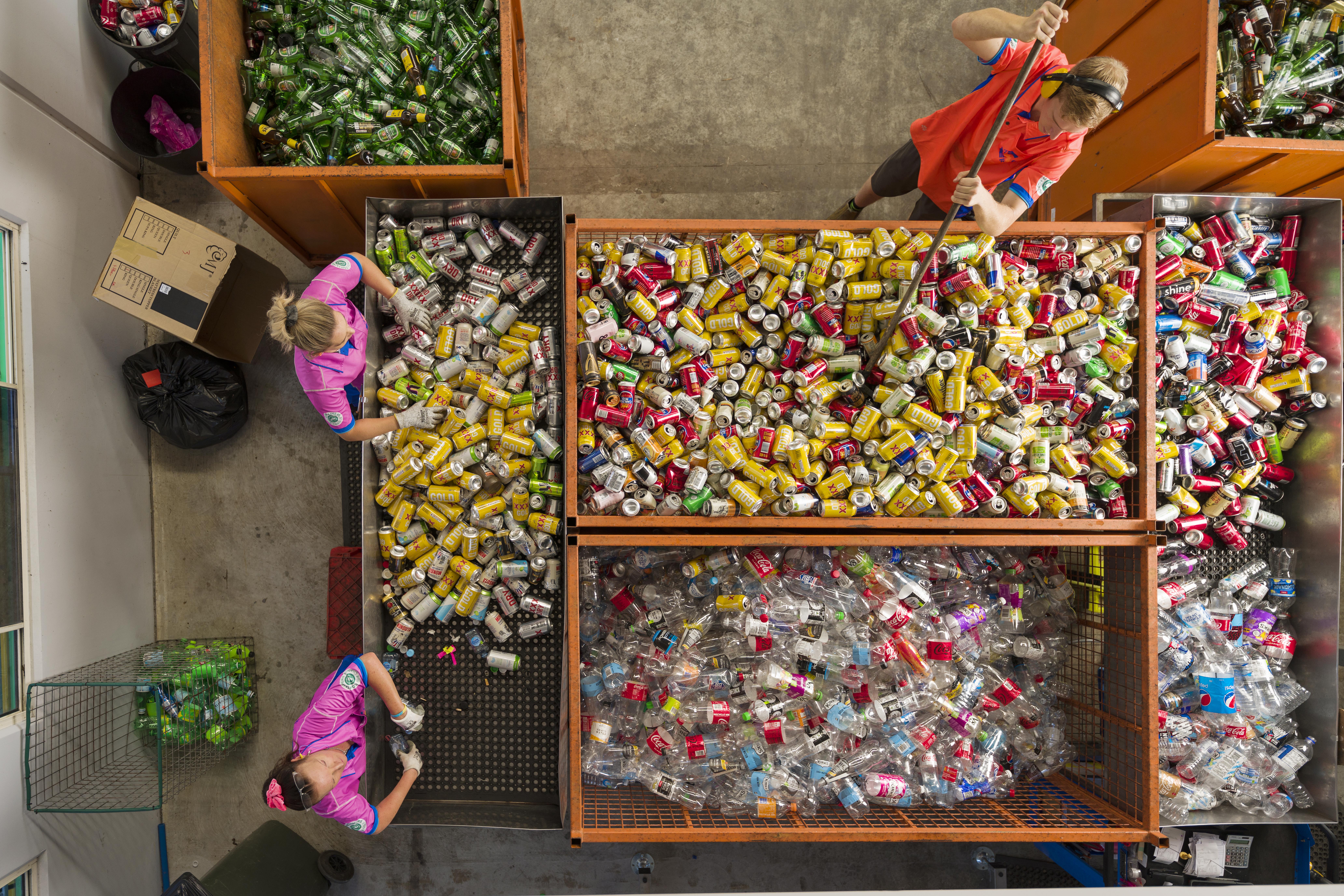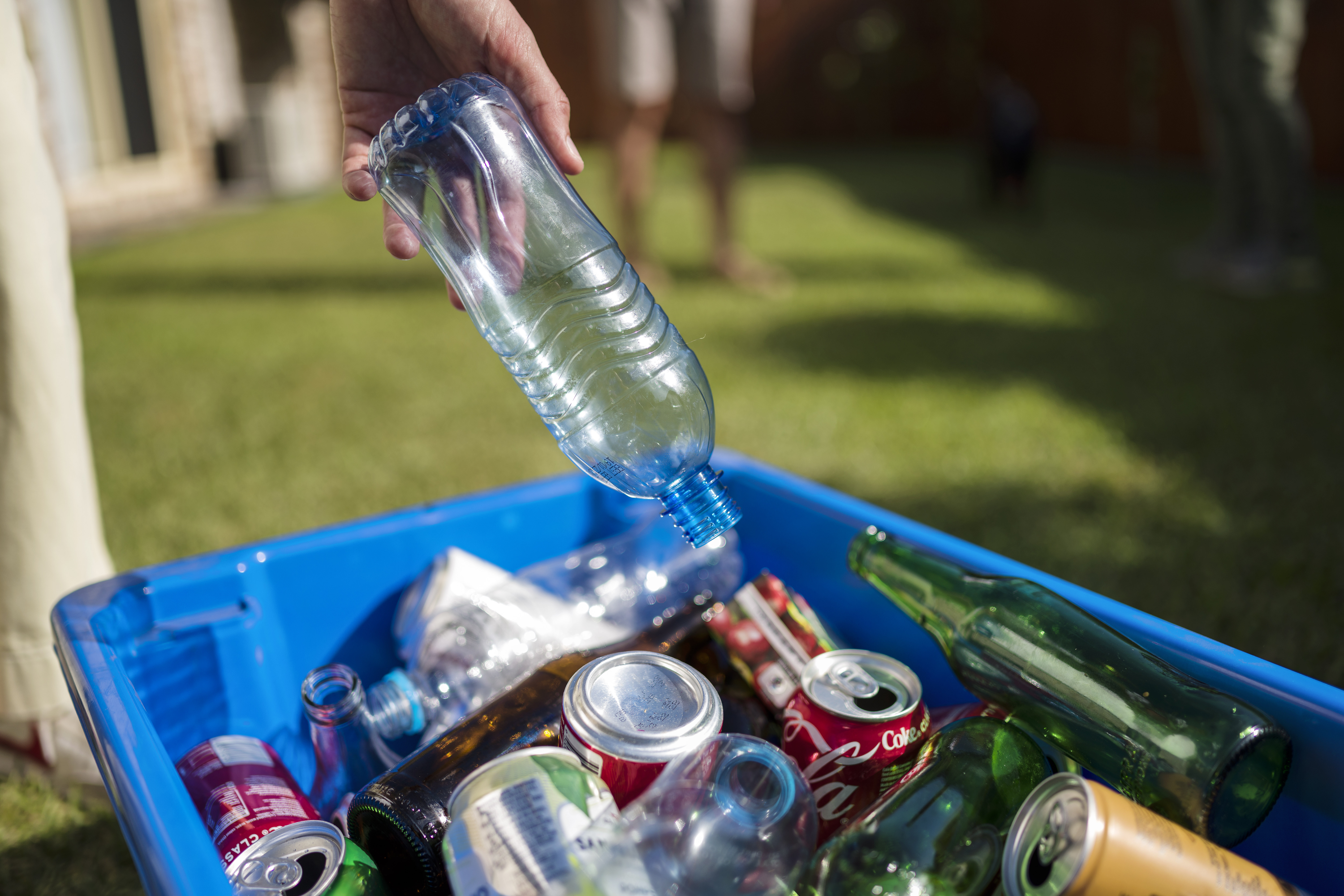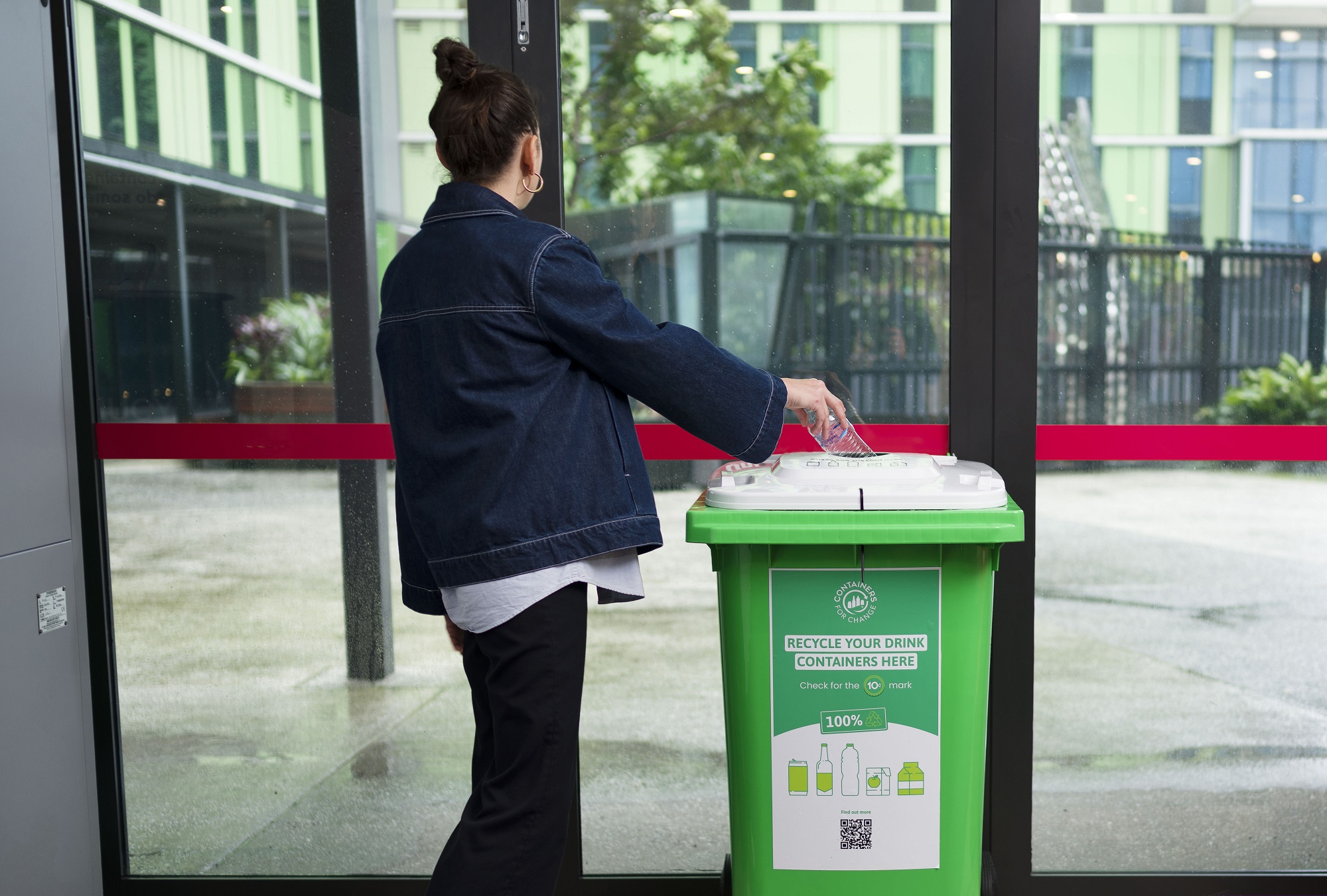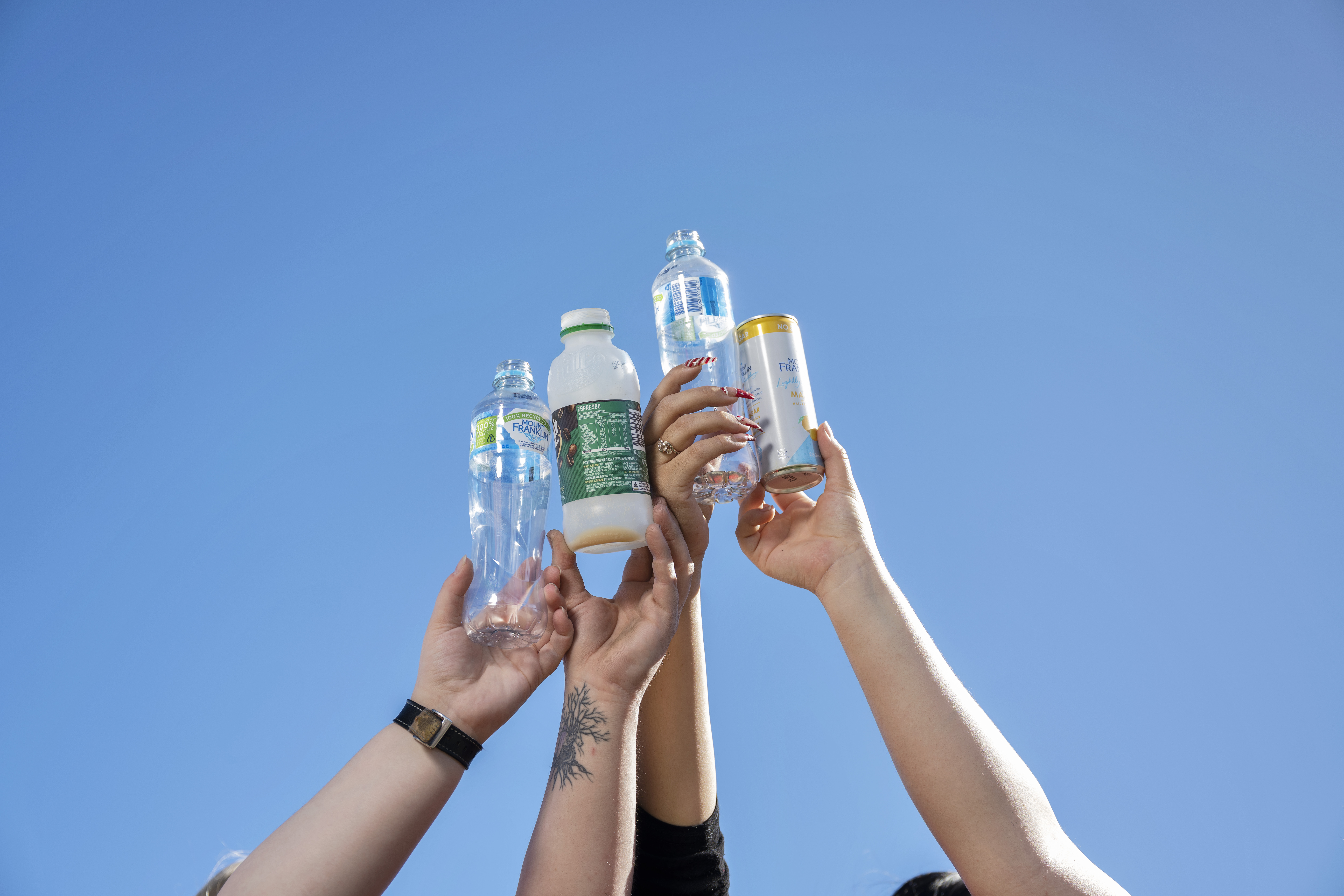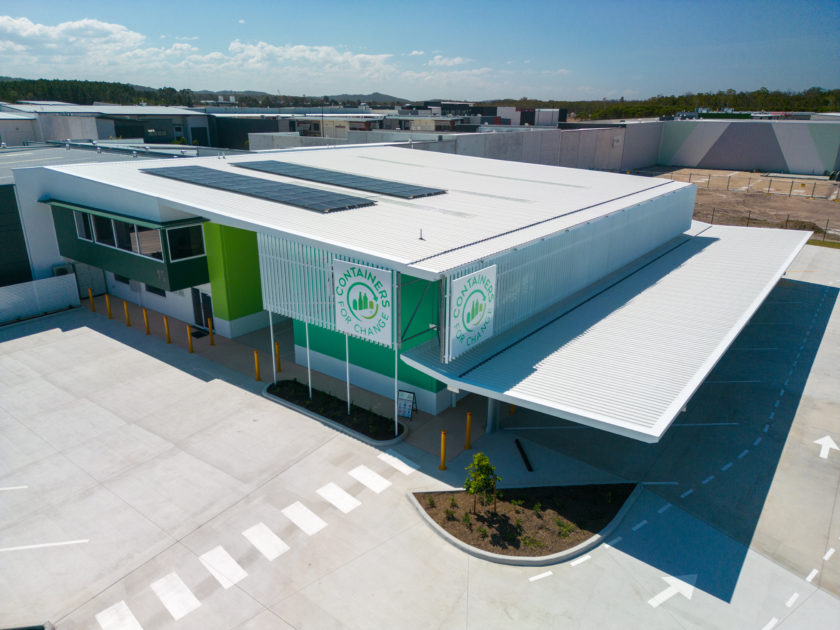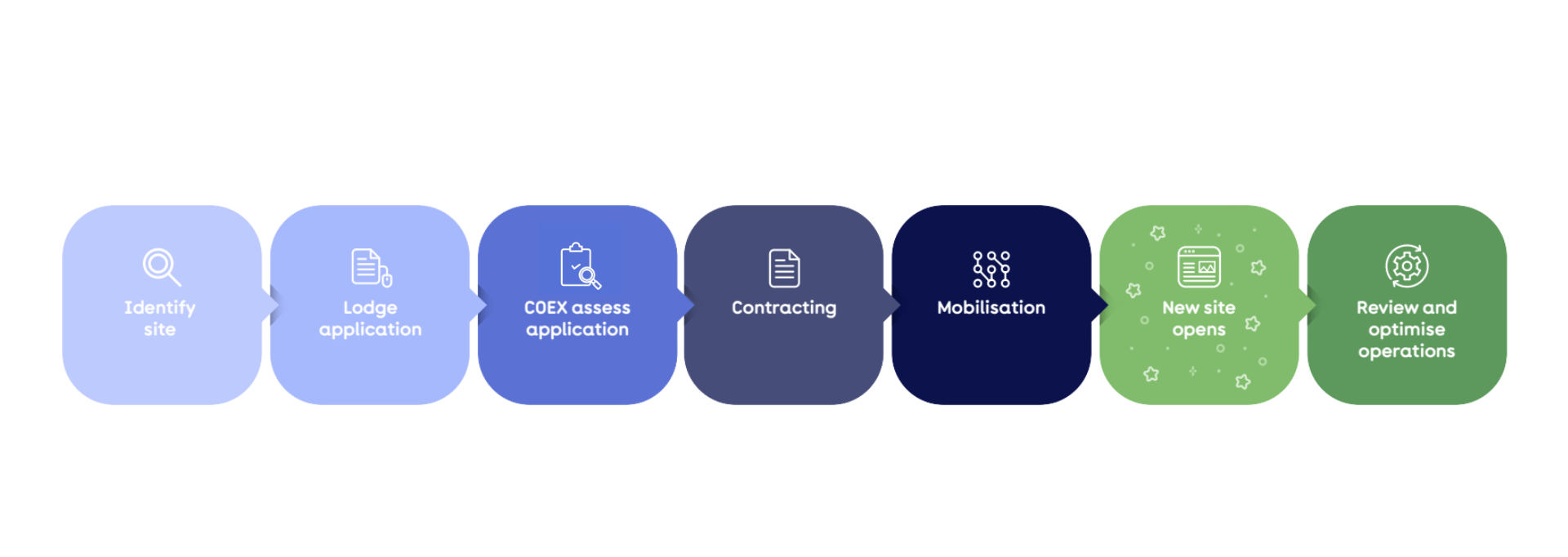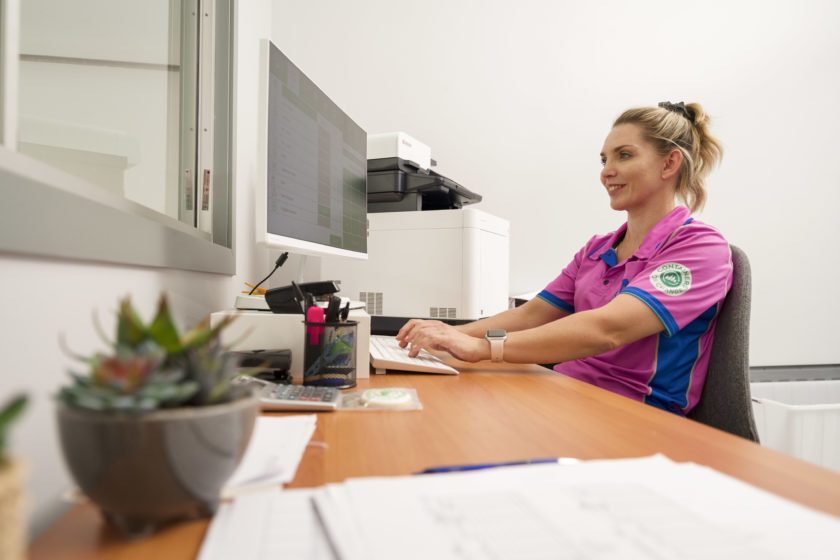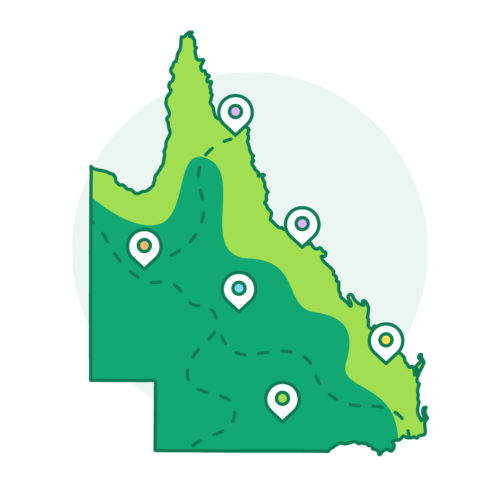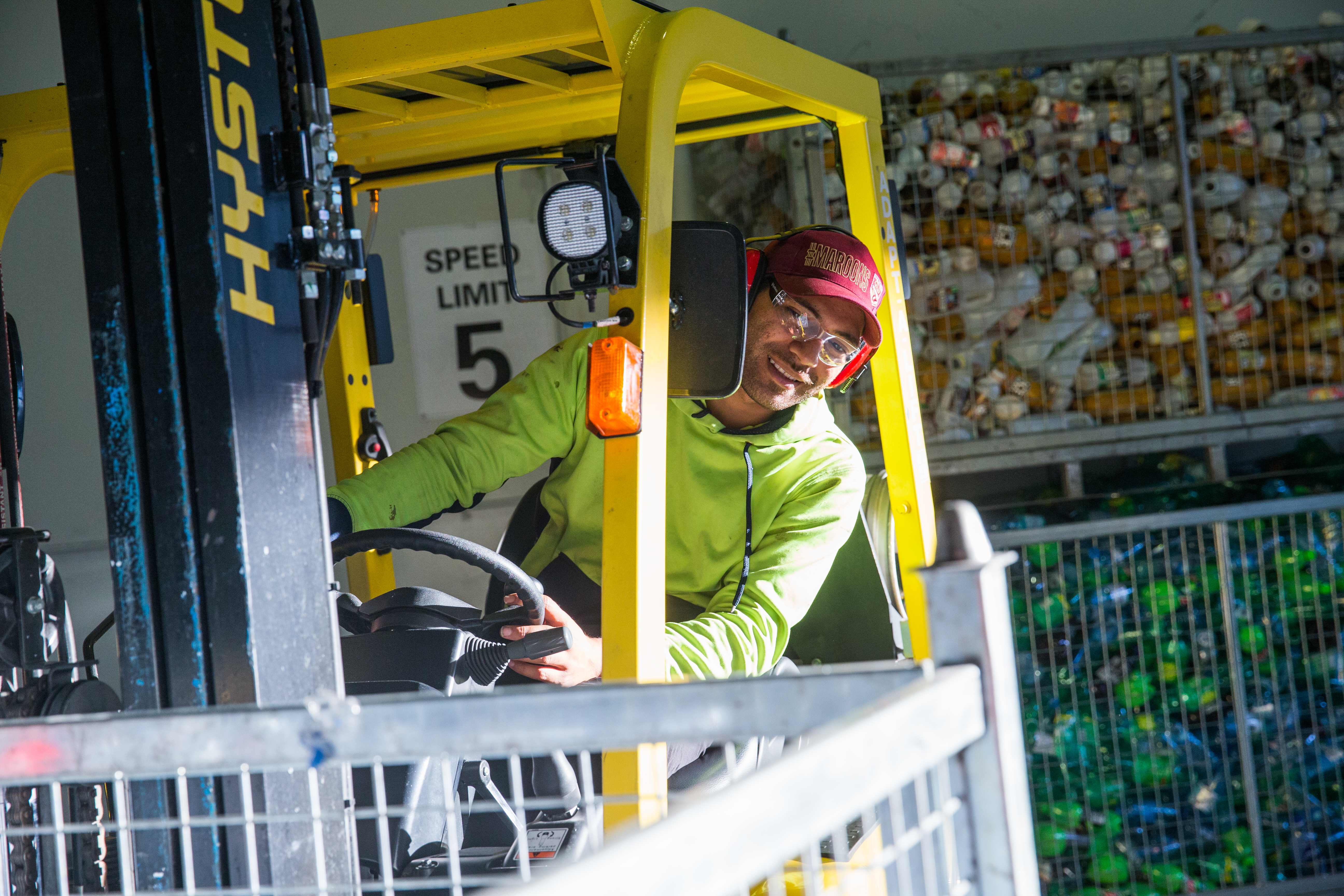Customers have told us that many parts of our network lack convenient options to return containers, particularly in South East Queensland as illustrated by the scheme’s lowest recovery rates.
To answer the call for convenience, COEX is introducing streamlined pathways to establish new container refund points (CRPs) – such as reverse vending machines (RVM) and shopfronts. These refund points can be in residential and retail areas, both of which have been harder to reach historically.
COEX is also launching new options allowing charities and community groups to host a container refund point on their premises. This helps them raise funds through handling fees and donations while also helping increase network density.
To ensure we receive quality applications and to make the application process easier for applicants, we have moved the application form online. This also helps ensure consistent assessment, with published criteria and areas of opportunity* on the COEX website to help prospective operators identify underserviced areas for new CRPs.
These new processes create a transparent process to fill network gaps while accelerating growth toward COEX’s 85% recovery target.
* References to “areas of opportunity” are for general information only and do not guarantee suitability for a CRP or approval of any application. Prospective CRP operators must rely on their own investigations and meet all relevant application criteria.
